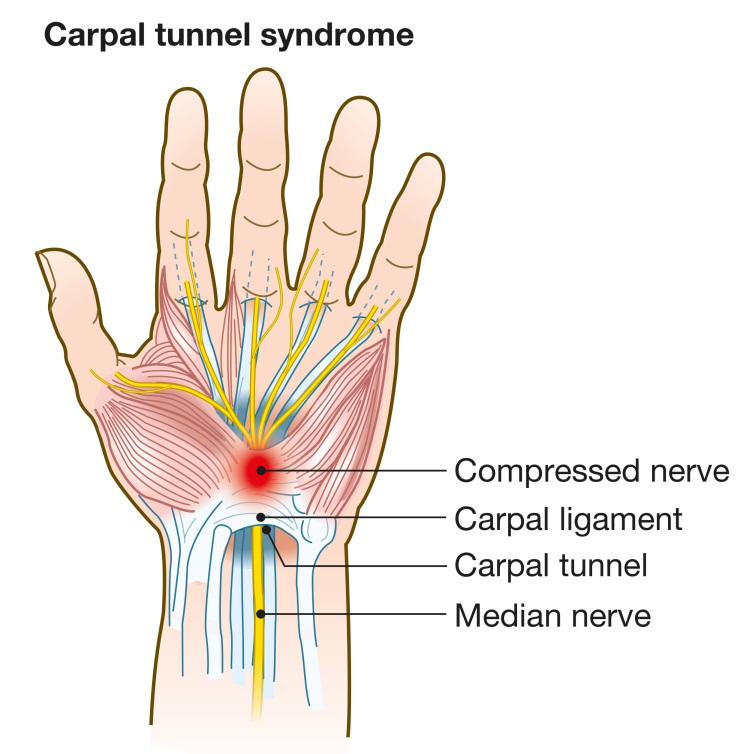Specialized Care for Hands and Wrists from an Expert
Whether you need relief from carpal syndrome or an arthritic thumb, you’ll receive advanced care from Dr. Joshua Thomas. He’s a fellowship-trained shoulder surgeon who also treats hand and wrist conditions at Glacial Ridge Center for Surgical Care.
Specialized care is essential because the hand and wrists are complicated parts of the human anatomy. They consist of 27 bones and joints and over 100 ligaments.
Healing Without Surgery
Before considering surgery for a patient, Dr. Thomas exhausts non-surgical options, like pain medication, occupational therapy, splints, braces, and icing.


